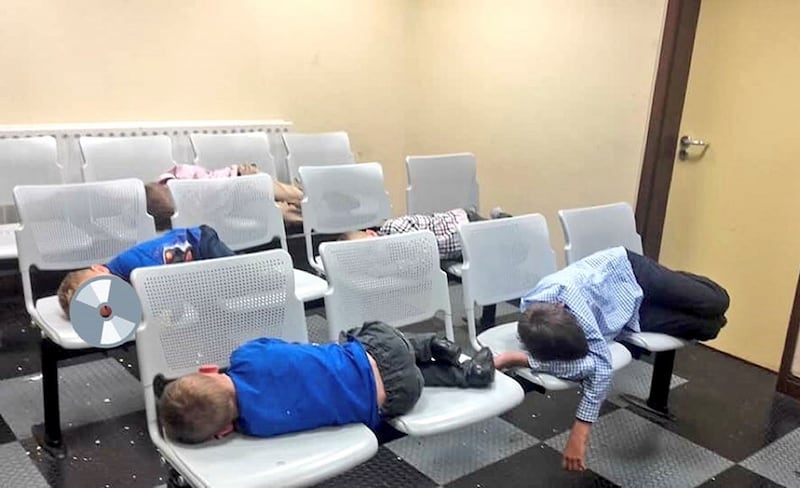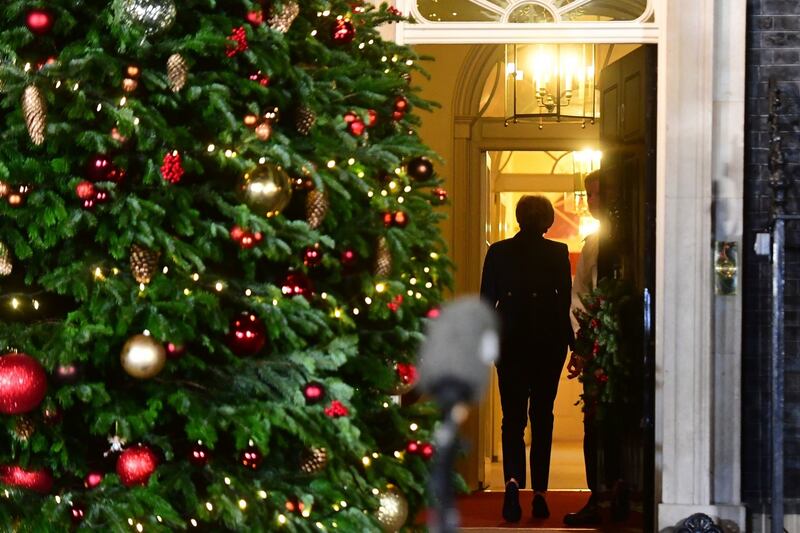One homeless child is a tragedy. One thousand homeless children is an emergency. Four thousand homeless children is a policy. Before we succumb, as we should, to the sentimental side of Christmas, let us acknowledge the bitter irony at its heart: the image of a homeless child. We will be seeing it over the next few weeks in churches, cribs, school nativity plays and Christmas cards. It will inspire feelings of awe and devotion and warmth. But it should redden our cheeks with shame. While we are worshipping an image of a homeless child, almost 4,000 children in Ireland will wake up on Christmas morning in places that are not homes.
We have inured ourselves to a form of child abuse. In July 2014, 749 children were officially categorised as homeless. In March 2015, the figure passed the thousand mark. I remember the shock of it, the scandal of a rich society with 1,000 homeless kids, the way this seemed like a point beyond which no civilised society could go.
Why do we tolerate this traumatisation of children? Because we have a political ideology of learned helplessness
But an uncivilised one could: the numbers ticked up relentlessly: more than 2,000 by March 2016, more than 2,500 by the end of that year, more than 3,000 in the summer of 2017. In March this year the Government changed the definition of homelessness to remove children who would previously have been counted. And still the numbers rose, to a peak of 3,867 this summer. Now, if we were to get back to what seemed appalling less than four years ago, it would be a triumph.

Malnourished
It is no exaggeration to call this a form of child abuse. Homeless children tend to be malnourished because their parents have nowhere to cook so they rely on takeaway meals. Their education is deeply disrupted. They often have nowhere to play. They can't make or keep friends. They feel stigmatised and ashamed. They lie to other kids at school about where they live. A report published last week by Focus Ireland, based on interviews with 18 young homeless parents, with 23 children under five between them, shows those parents desperately trying to protect the kids from the effects of their situation but unable to escape its sheer hopelessness.
Niamh Lambe of Focus Ireland told Kitty Holland at the launch of the report that "These children are in trauma". No one who has ever had a child would regard this as an exaggeration. Children crave security, predictability, the comfort of the familiar. Stress does serious harm to their brains and their bodies. Focus Ireland has five child care workers for 21 family hubs: according to Lambe they have to "to pick the children that are the most in trauma rather than every child".

There are no angels or shepherds coming to adore our homeless children; no star from the east to hang over them
Why do we tolerate this traumatisation of children? Because we have a political ideology of learned helplessness. Learned helplessness usually refers to the condition of people who have come to believe from experience that there is nothing they can do to avoid suffering. But the political version of it is not shaped by experience – its only learning is from neoliberal doctrine. And the false belief that creates this trauma for children is that the State is fundamentally unable to help them.
Local authority housing
I am looking as I write at two newspaper reports with statistical tables. One is from the Sunday Independent of July 19th, 1936. The headline is "Over 30,000 new houses. Progress made in the Saorstát." The accompanying table shows that 4,926 new local authority houses had been built in Dublin, 1,266 in Cork, and 18,444 overall. The other is from the Irish Press of August 30th,1937. The headline is simply "Housing Progress". The table shows 5,068 local authority houses built in Dublin, 776 in Cork city, 568 in Limerick, 488 in Waterford and 15,458 overall. This in a tiny Irish economy during the Great Depression.
And now? In the first nine months of this year, just 1,415 houses were built by, or on behalf of, local authorities or voluntary housing bodies nationwide. Dublin City Council, the local authority with the biggest waiting list (20,000 families), has so far this year provided 132 homes, 116 of which were in regeneration projects that largely replaced older existing social housing.In Dublin as a whole, the figure is 601. Let’s be optimistic and say that will have risen to 1,000 by the end of the year: that will be one-fifth of what we were building in the Hungry Thirties. Maybe we should go back to calling ourselves the Saorstát because this sure as hell does not feel like a republic.

Those missing 4,000 social and voluntary houses are the homes the 4,000 children don’t have. The State’s learned helplessness becomes the hopelessness it offers to homeless children. We buy the lie that nothing can be done. Perversely, the worse the problem gets, the easier it is to think of it as intractable. But a problem that has become five times worse over four years is not an endemic or natural phenomenon. It is a political creation.
There are no angels or shepherds coming to adore our homeless children; no star from the east to hang over them. They don’t need them. They need learned helplessness to turn to shame; and shame to anger.














